| View previous topic :: View next topic |
| Author |
Message |
aidaho


Joined: 29 Apr 2018
Posts: 456
Location: Ukraine
|
 Posted: Thu Jun 21, 2018 9:49 am Post subject: Posted: Thu Jun 21, 2018 9:49 am Post subject: |
 |
|
aidaho wrote:
Thanks for the test 
Konica seems to come a long way here.
Started out at the very bottom but came up right behind MD-II at the finish line. |
|
| Back to top |
|
 |
stevemark

Joined: 29 Apr 2011
Posts: 4082
Location: Switzerland
|
 Posted: Fri Jun 22, 2018 11:21 am Post subject: Posted: Fri Jun 22, 2018 11:21 am Post subject: |
 |
|
stevemark wrote:
| aidaho wrote: |
Thanks for the test 
Konica seems to come a long way here.
Started out at the very bottom but came up right behind MD-II at the finish line. |
uhhmm ... i have ordered the results alphabetically ... the Konica lens certainly is not the best !! - an the Nikkor 2/50mmm not the worst 
Check the results yourself, carefully ... I myself clearly prefer the Minolta MD-III 2/50mm, since it has
1) the best corner resolution
2) less CAs than the others
3) no distortion (0.1% instead of the usual 1-2%)
Stephan
_________________
www.artaphot.ch |
|
| Back to top |
|
 |
sergun

Joined: 01 Jun 2017
Posts: 291
Location: наша раша
|
 Posted: Fri Jun 22, 2018 12:19 pm Post subject: Posted: Fri Jun 22, 2018 12:19 pm Post subject: |
 |
|
sergun wrote:
Good test. Truth Nikkor the old version of H (64 year). It would be interesting to see the latest versions.
_________________
https://www.flickr.com/photos/105161078@N06/
https://fotoload.ru/fotosets/6661/ |
|
| Back to top |
|
 |
aidaho


Joined: 29 Apr 2018
Posts: 456
Location: Ukraine
|
 Posted: Fri Jun 22, 2018 4:47 pm Post subject: Posted: Fri Jun 22, 2018 4:47 pm Post subject: |
 |
|
aidaho wrote:
| stevemark wrote: |
Check the results yourself, carefully ... I myself clearly prefer the Minolta MD-III 2/50mm, since it has |
I fully agree with you MD-III being the best. Wasn't arguing there.
What surprised me is a distance covered by Konica.
It started out way behind, but somehow by the time pack hit F8, Hexanon got ahead of MC-X and MD-I.
I just found this to be peculiar, that's all. |
|
| Back to top |
|
 |
awa54

Joined: 02 Jun 2018
Posts: 39
Location: VT, USA
|
 Posted: Fri Jun 22, 2018 8:47 pm Post subject: Posted: Fri Jun 22, 2018 8:47 pm Post subject: |
 |
|
awa54 wrote:
Guess I better dig out that late production 50 f2 and revisit it!
On my M4/3 sensor the early MD-I 50mm had looked better than the late, but this image sequence leaves little doubt that at least in the corners, the MD-III performs best at all apertures, in both sharpness and contrast.
_________________
Mostly Minolta (Sony) but Bronica too 
https://www.flickr.com/photos/awa54/
Flickr Tamron 04B 200mm f/3.5 close focus group
https://www.flickr.com/groups/3139513@N20/
Flickr Tamron 54B SP 300mm f/5.6 tele macro group
https://www.flickr.com/groups/3051622@N20/ |
|
| Back to top |
|
 |
awa54

Joined: 02 Jun 2018
Posts: 39
Location: VT, USA
|
 Posted: Sat Jun 23, 2018 10:12 pm Post subject: Posted: Sat Jun 23, 2018 10:12 pm Post subject: |
 |
|
awa54 wrote:
I might have figured out why my 50mm f2 MD-III doesn't stand up to my 45 f2s... it has fungus across one of the inner elements 
_________________
Mostly Minolta (Sony) but Bronica too 
https://www.flickr.com/photos/awa54/
Flickr Tamron 04B 200mm f/3.5 close focus group
https://www.flickr.com/groups/3139513@N20/
Flickr Tamron 54B SP 300mm f/5.6 tele macro group
https://www.flickr.com/groups/3051622@N20/ |
|
| Back to top |
|
 |
stevemark

Joined: 29 Apr 2011
Posts: 4082
Location: Switzerland
|
 Posted: Mon Jun 25, 2018 9:12 am Post subject: Posted: Mon Jun 25, 2018 9:12 am Post subject: |
 |
|
stevemark wrote:
| sergun wrote: |
| Good test. Truth Nikkor the old version of H (64 year). It would be interesting to see the latest versions. |
As far as i know the Nikkor 2/50mm was always the same 1964 "Nikkor-H 2/50mm" computation (the earlier Nikkor-S 2/50mm did have seven lenses, however). The Nikkor(-H) 2/50mm from 1964 is extremely similar to the Zeiss Oberkochen (Contarex) Planar 2/50mm from 1958.
There are, however, two computations of the 1.8/50mm Nikon lenses - an earlier Nikkor 1.8/50mm by Sei Matsui (1978), and a later Nikon E by Soichi Nakamura (1981). The Nikon E lens is as good as the earlier Matsui computation, but quite a bit shorter (and nearly a pancake lens). In the mid-1980s the Nakamura computation was used for the AF Nikkor and for a - now cheaper looking - Nikkor AiS version.
_________________
www.artaphot.ch |
|
| Back to top |
|
 |
stevemark

Joined: 29 Apr 2011
Posts: 4082
Location: Switzerland
|
 Posted: Mon Jun 25, 2018 9:13 am Post subject: Posted: Mon Jun 25, 2018 9:13 am Post subject: |
 |
|
stevemark wrote:
| aidaho wrote: |
| stevemark wrote: |
Check the results yourself, carefully ... I myself clearly prefer the Minolta MD-III 2/50mm, since it has |
I fully agree with you MD-III being the best. Wasn't arguing there.
What surprised me is a distance covered by Konica.
It started out way behind, but somehow by the time pack hit F8, Hexanon got ahead of MC-X and MD-I.
I just found this to be peculiar, that's all. |
Sorry about my misunderstanding, and thank your for your clarification!
Stephan
_________________
www.artaphot.ch |
|
| Back to top |
|
 |
stevemark

Joined: 29 Apr 2011
Posts: 4082
Location: Switzerland
|
 Posted: Mon Jun 25, 2018 9:17 am Post subject: Posted: Mon Jun 25, 2018 9:17 am Post subject: |
 |
|
stevemark wrote:
| awa54 wrote: |
I might have figured out why my 50mm f2 MD-III doesn't stand up to my 45 f2s... it has fungus across one of the inner elements  |
Ah OK ... that makes sense  ... should be quite easy to clean, if the fungus is in the area between front and back element (where the aperture is). ... should be quite easy to clean, if the fungus is in the area between front and back element (where the aperture is).
Stephan
_________________
www.artaphot.ch |
|
| Back to top |
|
 |
awa54

Joined: 02 Jun 2018
Posts: 39
Location: VT, USA
|
 Posted: Mon Jun 25, 2018 3:00 pm Post subject: Posted: Mon Jun 25, 2018 3:00 pm Post subject: |
 |
|
awa54 wrote:
| stevemark wrote: |
Ah OK ... that makes sense  ... should be quite easy to clean, if the fungus is in the area between front and back element (where the aperture is). ... should be quite easy to clean, if the fungus is in the area between front and back element (where the aperture is).
Stephan |
It's hard to be 100% certain without disassembly, but it appears there are two of three elements with fungus, though the worst affected looks like its the innermost element of the front group.
With a like new example costing around $30, I think I'll save this one for a project at a later date and buy a clean replacement.
_________________
Mostly Minolta (Sony) but Bronica too 
https://www.flickr.com/photos/awa54/
Flickr Tamron 04B 200mm f/3.5 close focus group
https://www.flickr.com/groups/3139513@N20/
Flickr Tamron 54B SP 300mm f/5.6 tele macro group
https://www.flickr.com/groups/3051622@N20/ |
|
| Back to top |
|
 |
Steakface

Joined: 19 Oct 2017
Posts: 18
Location: Royal Oak, Michigan
|
 Posted: Mon Jul 23, 2018 2:55 pm Post subject: Posted: Mon Jul 23, 2018 2:55 pm Post subject: |
 |
|
Steakface wrote:
Something I notice when using the MD-III 50mm f/2 is the good contrast at maximum aperture. I don't have many vintage 50's that perform this way as most of them have some kind of spherical aberration at max aperture that reduces contrast. This quality has the unintended effect of increasing the performance of focus peaking at f/2 on my a7 relative to other 50's at max aperture - this is the first thing I notice when using a manual lens. The more I look at other vintage 50's the more I'm convinced the MD-III 50 f/2 is something special. Whether Minolta's engineers intended this is beyond me.
The 45/2 still interests me due to it's sunstars. The original post includes a night shot with a street lamp, I'm not sure what aperture was used there but stopped down to f/11 or f/16 might yield a good sunstar.
Edit: Reworded my comment on focus peaking performance.
_________________
http://northernwintersky.net/
https://www.flickr.com/photos/northernwintersky/
Film Cameras: Minolta SRT-Super, Pentax MX
Digital Camera: Fuji X-T3
Most Used Lenses on Digital: MD 50mm f/2, Pentax K 55mm f/1.8, Pentax M 50mm f/1.7
Last edited by Steakface on Mon Jul 23, 2018 7:17 pm; edited 2 times in total |
|
| Back to top |
|
 |
stevemark

Joined: 29 Apr 2011
Posts: 4082
Location: Switzerland
|
 Posted: Mon Jul 23, 2018 4:41 pm Post subject: Posted: Mon Jul 23, 2018 4:41 pm Post subject: |
 |
|
stevemark wrote:
| Steakface wrote: |
... The more I look at other vintage 50's the more I'm convinced the MD-III 50 f/2 is something special. Whether Minolta's engineers intended this is beyond me.
... |
Certainly they did intend it; the aims of the development of the lens are specified quite clearly in the corresponding documents. I'll have a look at them as soon as im home again ...  . .
If i remember correctly, small size along with a good performance and low distortion are explicitely mentioned.
Stephan
_________________
www.artaphot.ch |
|
| Back to top |
|
 |
Steakface

Joined: 19 Oct 2017
Posts: 18
Location: Royal Oak, Michigan
|
 Posted: Mon Jul 23, 2018 5:11 pm Post subject: Posted: Mon Jul 23, 2018 5:11 pm Post subject: |
 |
|
Steakface wrote:
| stevemark wrote: |
| Steakface wrote: |
... The more I look at other vintage 50's the more I'm convinced the MD-III 50 f/2 is something special. Whether Minolta's engineers intended this is beyond me.
... |
Certainly they did intend it; the aims of the development of the lens are specified quite clearly in the corresponding documents. I'll have a look at them as soon as im home again ...  . .
If i remember correctly, small size along with a good performance and low distortion are explicitely mentioned.
Stephan |
Wow, I had no idea that documentation is still around, thank you! 
_________________
http://northernwintersky.net/
https://www.flickr.com/photos/northernwintersky/
Film Cameras: Minolta SRT-Super, Pentax MX
Digital Camera: Fuji X-T3
Most Used Lenses on Digital: MD 50mm f/2, Pentax K 55mm f/1.8, Pentax M 50mm f/1.7 |
|
| Back to top |
|
 |
gaeger


Joined: 16 Jan 2010
Posts: 722
Location: Brier, Wash.
Expire: 2021-03-09
|
 Posted: Wed Jul 25, 2018 4:57 am Post subject: Posted: Wed Jul 25, 2018 4:57 am Post subject: |
 |
|
gaeger wrote:
I like the 45mm f2 -- it's a great small companion on an X700.
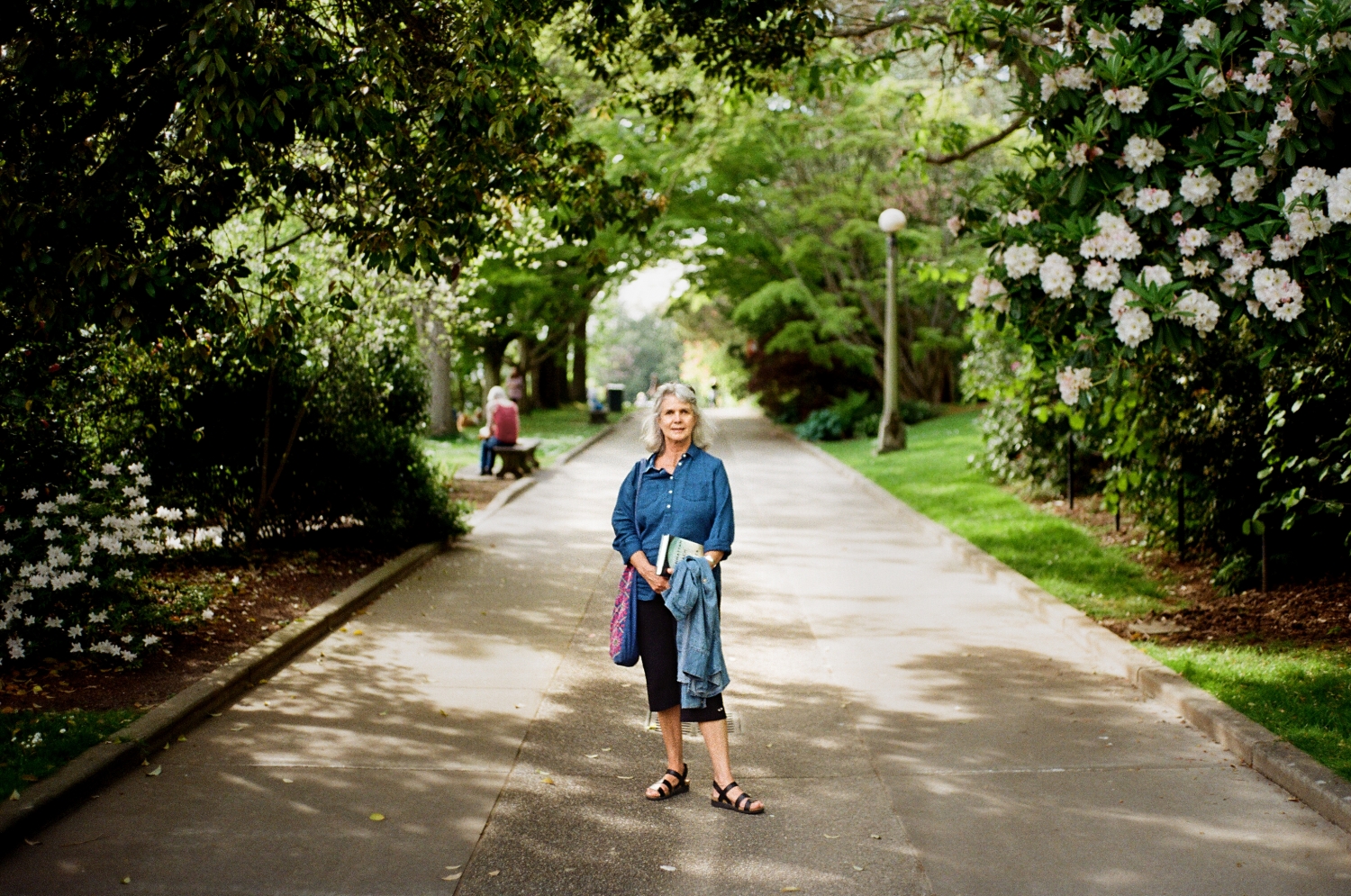
_________________
"Here's to the wonder" -- Alan Boyle
Nikkor/Nikon 20, 24, 28, 35, 50, 55, 85, 105, 135, 180, 200, 300, 10-20, 18-35, 18-55, 28-50, 28-70, 24-85, 35-200, 50-300, 75-150, 80-200, 70-210, 70-300, 200-500
Minolta Rokkor 24, 28, 35, 45, 50, 58, 100, 135, 50-135, 300
My most interesting images | Full photostream
|
|
| Back to top |
|
 |
stevemark

Joined: 29 Apr 2011
Posts: 4082
Location: Switzerland
|
 Posted: Wed Jul 25, 2018 10:12 am Post subject: Posted: Wed Jul 25, 2018 10:12 am Post subject: |
 |
|
stevemark wrote:
| Steakface wrote: |
| stevemark wrote: |
| Steakface wrote: |
... The more I look at other vintage 50's the more I'm convinced the MD-III 50 f/2 is something special. Whether Minolta's engineers intended this is beyond me.
... |
Certainly they did intend it; the aims of the development of the lens are specified quite clearly in the corresponding documents. I'll have a look at them as soon as im home again ...  . .
If i remember correctly, small size along with a good performance and low distortion are explicitely mentioned.
Stephan |
Wow, I had no idea that documentation is still around, thank you!  |
Design aims for the Minolta MD-III 2/50mm were - rather generally - specified as follows:
1.) improved Gauss type [5/6] construction
2.) adequate back focal length: longer than 72% of focal length (i e enough space for the SLR mirror)
3.) field angle 46°
4.) aperture ratio of 1:2.0
5.) short total length of the lens
6.) use of relatively economic glass
7.) distortion well corrected
8.) proper correction of all other aberrations
We have the specific data for several prototypes (which are very similar), but i can't say which one finally was chosen for serial production. Common to them is a extremely low distortion (infinity: in the 0.1% range) and the use of glass with nD=1.72 and Abbe number 50 for the two front lenses. The two back lenses are made from 1.72/52 and 1.74/45 glass (common f1.4 lenses from various manufacturers often use glass with nD 1.8 and Abbe number 40).
Compared to the earlier MD-II 2/45mm, the MD-III 2/50mm has its astigmatism and spherical aberration reduced to about 60% of the precedessor. Distortion was even cut to 1/10 (0.1% instead of the - already quite good! - 1% of the 2/45mm).
Stephan
_________________
www.artaphot.ch |
|
| Back to top |
|
 |
tf


Joined: 29 Sep 2017
Posts: 162
|
 Posted: Wed Oct 17, 2018 9:12 am Post subject: Posted: Wed Oct 17, 2018 9:12 am Post subject: |
 |
|
tf wrote:
One more review of Minolta Rokkor 45mm f2 - nice lens as it usual for Minolta |
|
| Back to top |
|
 |
e6filmuser

Joined: 12 Nov 2010
Posts: 859
Location: Reading UK
|
 Posted: Tue May 10, 2022 7:52 pm Post subject: Posted: Tue May 10, 2022 7:52 pm Post subject: |
 |
|
e6filmuser wrote:
I obtained one recently but have used it only for this one shot at f8:
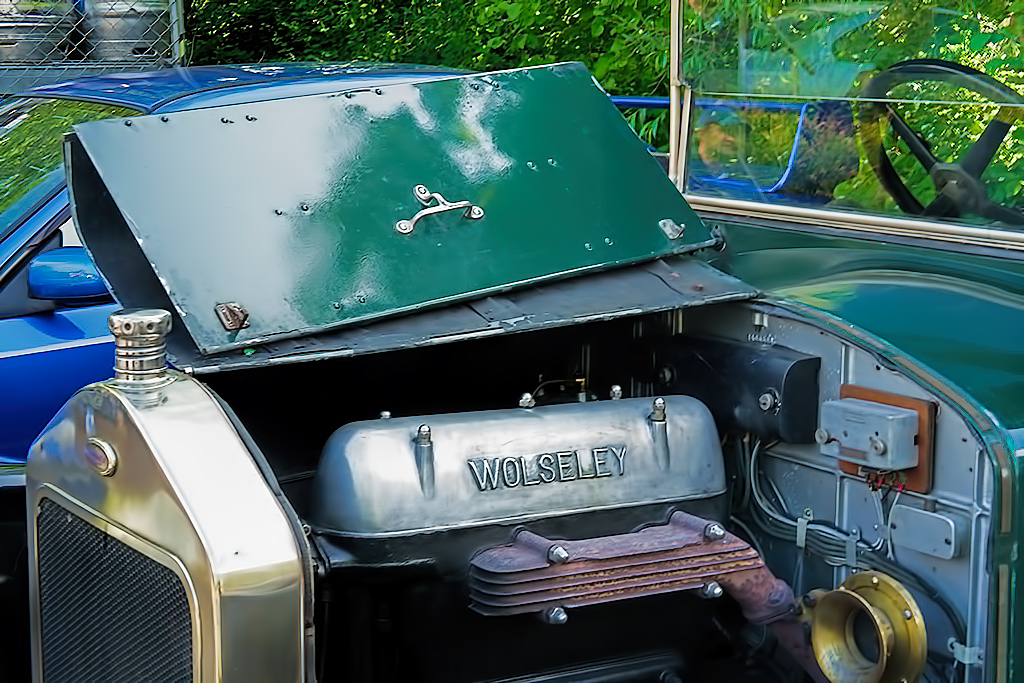
_________________
Dedicated to using manual focus lenses with digital. Equiped for photography from macro to panoramic & from ultra-wide to extreme telephoto. Mostly shooting outdoor macro. Experienced entomological taxonomist. Some knowledge of mushrooms. |
|
| Back to top |
|
 |
lumens pixel

Joined: 27 Feb 2019
Posts: 888
Expire: 2021-06-25
|
 Posted: Tue May 10, 2022 8:43 pm Post subject: Posted: Tue May 10, 2022 8:43 pm Post subject: |
 |
|
lumens pixel wrote:
Stunning lens from F3,5 in the central part of the image and you need F6,7 f8,0 for extreme corners. I like the angle of view.
_________________
Lumens Pixel
-------------
Minolta SR mount: 16 2,8; Sigma SuperWide 24 2,8; 28 2,5; 28 2,8; 28 3,5; 35 2,8; 45 2,0; 50 1,4; 50 1,7; 50 2,0; 58 1,4; 85 2,0; 100 2,5; 100 4 Macro; 135 3,5; 135 2,8; 200 4; RF 250 5,6; 24-35 3,5; 35-70 3,5; 75-150 4; 70-210 4
Canon FD mount: Tokina RMC 17 3,5; 28 2,8; 35 2,8; 50 1,8; 50 3,5 Macro; 55 1,2; 135 3,5; 135 2,5; 200 4,0; 300 5,6; 28-55 3,5 4,5; Tokina SZ-X SD 270; 70-150 4,5; 70-210 f4; 80-200 4L; Tokina SZ-X 845
Tamron Adaptall: 28-80 3,5-4,2 (27A); 70-210 3,8-4 (46A); 60-300 (23A); 90 2,5 (52B); 35-135 3,5-4,5 (40A)
Tamron SP: 20-40 2,7-3,5 (266D) |
|
| Back to top |
|
 |
e6filmuser

Joined: 12 Nov 2010
Posts: 859
Location: Reading UK
|
 Posted: Wed May 11, 2022 9:23 am Post subject: Posted: Wed May 11, 2022 9:23 am Post subject: |
 |
|
e6filmuser wrote:
| lumens pixel wrote: |
| Stunning lens from F3,5 in the central part of the image and you need F6,7 f8,0 for extreme corners. I like the angle of view. |
Thanks.
As the cars were parked almost as closely together as in normal car park practice, the choice of angle might have been partly influenced by that, which is why other images, on the day, were with wider angle lenses.
_________________
Dedicated to using manual focus lenses with digital. Equiped for photography from macro to panoramic & from ultra-wide to extreme telephoto. Mostly shooting outdoor macro. Experienced entomological taxonomist. Some knowledge of mushrooms. |
|
| Back to top |
|
 |
lumens pixel

Joined: 27 Feb 2019
Posts: 888
Expire: 2021-06-25
|
 Posted: Tue Jan 02, 2024 9:28 am Post subject: Posted: Tue Jan 02, 2024 9:28 am Post subject: |
 |
|
lumens pixel wrote:
I did write that this lens is very good from 3,5 taking into account field curvature.
In fact it is excellent from f2,0 but focusing must be spot on otherwise you will see bloom on near focus areas which might look as lack of sharpness.
Files are sharper on my computer due to forum compression, but have a look:
#1
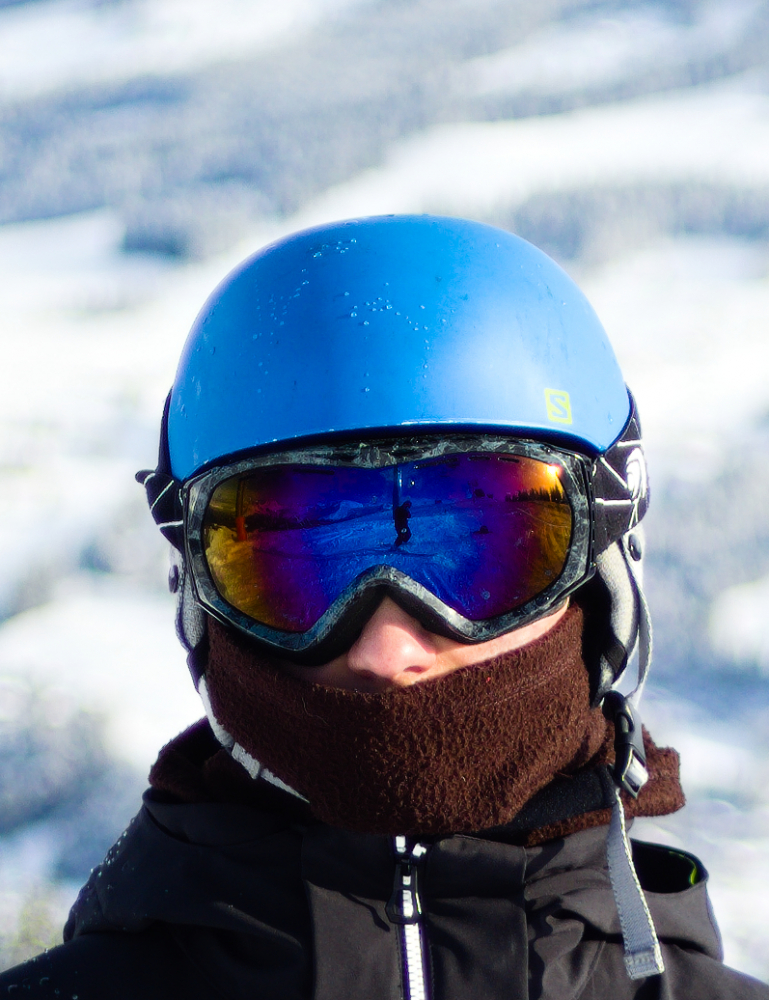
#2
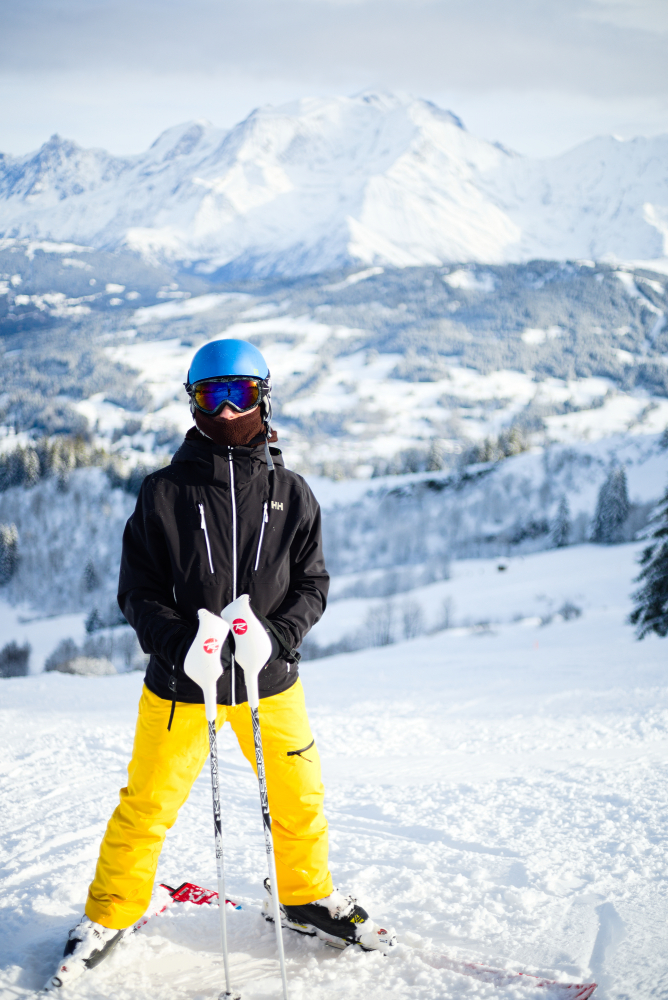
_________________
Lumens Pixel
-------------
Minolta SR mount: 16 2,8; Sigma SuperWide 24 2,8; 28 2,5; 28 2,8; 28 3,5; 35 2,8; 45 2,0; 50 1,4; 50 1,7; 50 2,0; 58 1,4; 85 2,0; 100 2,5; 100 4 Macro; 135 3,5; 135 2,8; 200 4; RF 250 5,6; 24-35 3,5; 35-70 3,5; 75-150 4; 70-210 4
Canon FD mount: Tokina RMC 17 3,5; 28 2,8; 35 2,8; 50 1,8; 50 3,5 Macro; 55 1,2; 135 3,5; 135 2,5; 200 4,0; 300 5,6; 28-55 3,5 4,5; Tokina SZ-X SD 270; 70-150 4,5; 70-210 f4; 80-200 4L; Tokina SZ-X 845
Tamron Adaptall: 28-80 3,5-4,2 (27A); 70-210 3,8-4 (46A); 60-300 (23A); 90 2,5 (52B); 35-135 3,5-4,5 (40A)
Tamron SP: 20-40 2,7-3,5 (266D) |
|
| Back to top |
|
 |
BrianSVP


Joined: 09 Jun 2023
Posts: 354
Location: Philadelphia
|
 Posted: Tue Jan 02, 2024 5:25 pm Post subject: Posted: Tue Jan 02, 2024 5:25 pm Post subject: |
 |
|
BrianSVP wrote:
| stevemark wrote: |
I have re-tested a few common 50mm / 45mm f2 lenses on the 24MP Sony A7. While my first copy of the MD 2/45mm was visibly worse than all other lenses tested, a second copy (result shown here) was on par with lenses such as the Minolta MC-X/MD-I 2/50mm or the Hexanon AR 1.8/50mm.
The MD-III 2/50mm, however, is clearly the sharpest of the bunch, and it has the least CAs. And, in addition, at 0.1% it is virtually distortion-free.
I wonder how this lens would compare to a late Summicron 2/50mm, be it M or R ...
Stephan
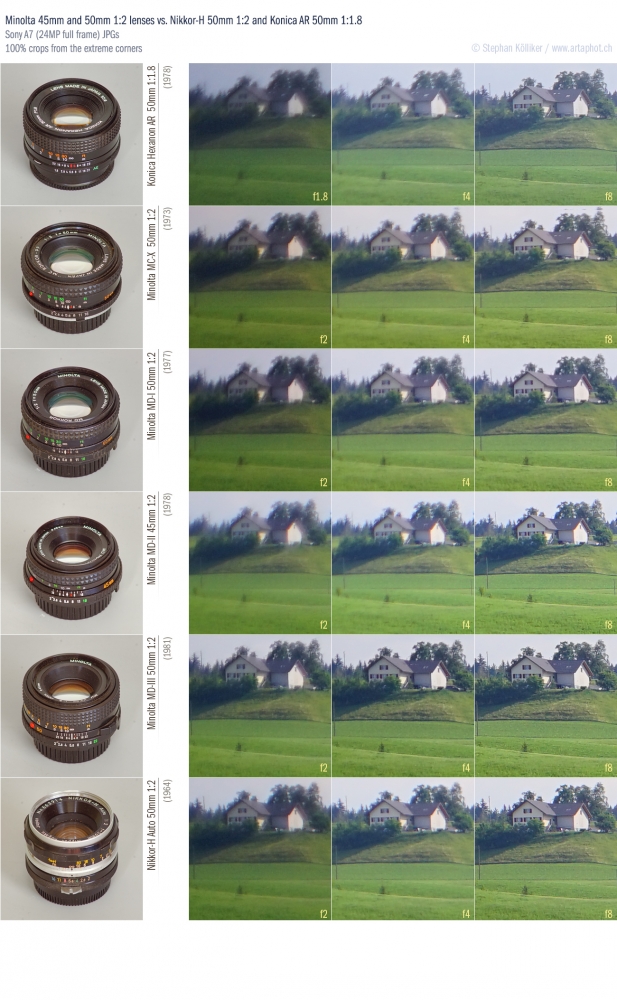 |
Owning both the MD45 and The Summicron-R 50, I can say the images from the Leica generally have a heck of a lot more pop than those from the Minolta. I might be able to do a side-by-side later this week if you'd like to do some pixel peeping on the more technical details.
Both the MDIII 50 and the 45 have groups where elements are permanently molded into the plastic retainers, rendering so e of the inner surfaces unreachable, so finding a clean one is important.
EDIT: Just realized I was replying to a 5+ year old post, but I can still do the tests if you'd like. |
|
| Back to top |
|
 |
Doc Sharptail


Joined: 23 Nov 2020
Posts: 1214
Location: Winnipeg Canada
|
 Posted: Tue Jan 02, 2024 6:07 pm Post subject: Posted: Tue Jan 02, 2024 6:07 pm Post subject: |
 |
|
Doc Sharptail wrote:
| stevemark wrote: |
I have re-tested a few common 50mm / 45mm f2 lenses on the 24MP Sony A7. While my first copy of the MD 2/45mm was visibly worse than all other lenses tested, a second copy (result shown here) was on par with lenses such as the Minolta MC-X/MD-I 2/50mm or the Hexanon AR 1.8/50mm.
The MD-III 2/50mm, however, is clearly the sharpest of the bunch, and it has the least CAs. And, in addition, at 0.1% it is virtually distortion-free.
Stephan |
The nikkor H 50mm f2 with it's single coating is out of it's league here with the more modern lenses~ as evidenced by it's contrast.
Still a bit of a gem of a lens, especially if one can boost contrast in post. That lens was the bread and butter of news reportage for a lot of years due to it's positive rapid focus.
-D.S.
_________________
D-810, F2, FTN.
35mm f2 O.C. nikkor
50 f2 H nikkor, 50 f 1.4 AI-s, 135 f3.5 Q,
50 f2 K nikkor 2x, 28-85mm f3.5-4.5 A/I-s, 35-105 3.5-4.5 A/I-s, 200mm f4 Micro A/I, partial list.
"Ain't no half-way" -S.R.V.
"Oh Yeah... Alright" -Paul Simon |
|
| Back to top |
|
 |
LittleAlex


Joined: 27 Nov 2008
Posts: 1748
Location: L'vov (Western Ukraine)
|
 Posted: Wed Jan 03, 2024 2:23 am Post subject: Posted: Wed Jan 03, 2024 2:23 am Post subject: |
 |
|
LittleAlex wrote:
| tb_a wrote: |
I would at least say that this Rokkor was a very good buy for 20 Euro including shipping earlier this year. |
Well, at 2005 I obtained it in some USA thrift shop for $5. But without any caps.
I enjoyed it very much. On the crop at the begging. As well as on the FF (since I started with Sony a7s)
It is with Samsung NX11:

Well.. So all the pretty girls end. 
_________________
"Sharpness is a bourgeois concept" - © H. Cartier Bresson |
|
| Back to top |
|
 |
caspert79


Joined: 31 Oct 2010
Posts: 3223
Location: The Netherlands
|
 Posted: Wed Jan 03, 2024 9:08 am Post subject: Posted: Wed Jan 03, 2024 9:08 am Post subject: |
 |
|
caspert79 wrote:
| BrianSVP wrote: |
| stevemark wrote: |
I have re-tested a few common 50mm / 45mm f2 lenses on the 24MP Sony A7. While my first copy of the MD 2/45mm was visibly worse than all other lenses tested, a second copy (result shown here) was on par with lenses such as the Minolta MC-X/MD-I 2/50mm or the Hexanon AR 1.8/50mm.
The MD-III 2/50mm, however, is clearly the sharpest of the bunch, and it has the least CAs. And, in addition, at 0.1% it is virtually distortion-free.
I wonder how this lens would compare to a late Summicron 2/50mm, be it M or R ...
Stephan
 |
Owning both the MD45 and The Summicron-R 50, I can say the images from the Leica generally have a heck of a lot more pop than those from the Minolta. I might be able to do a side-by-side later this week if you'd like to do some pixel peeping on the more technical details.
Both the MDIII 50 and the 45 have groups where elements are permanently molded into the plastic retainers, rendering so e of the inner surfaces unreachable, so finding a clean one is important.
EDIT: Just realized I was replying to a 5+ year old post, but I can still do the tests if you'd like. |
If you're willing to do a test, can you include the MD-III 50/2 as well? I was always curious how good the Summicron-R actually is.
By the way, I'm surprised how much better the MD-III is compared to the older versions. Just checked in my cabinet if mine is actually the MD-III and luckily it is 
_________________
For Sale:
Steinheil Auto D Tele Quinar 135mm f/2.8 (Exa)
ISCO Isconar 100mm f/4 (Exa)
Steinheil Cassarit 50mm f/2.8 M39 (Paxette)
I'm always interested in trading lenses! |
|
| Back to top |
|
 |
BrianSVP


Joined: 09 Jun 2023
Posts: 354
Location: Philadelphia
|
 Posted: Wed Jan 03, 2024 2:04 pm Post subject: Posted: Wed Jan 03, 2024 2:04 pm Post subject: |
 |
|
BrianSVP wrote:
Not sure if I have an example of the MDIII at the moment, but I'll poke around and see if I can scare one up. Anecdotally, the Summicron-R in my experience probably won't actually match up with the Minolta in terms of raw sharpness, but it has one of the best examples of the "3D pop" micro contrast look a lot of shooters chase of all the lenses I've used. Exceptionally flattering as a portrait lens for both men and women, too.
| caspert79 wrote: |
| BrianSVP wrote: |
| stevemark wrote: |
I have re-tested a few common 50mm / 45mm f2 lenses on the 24MP Sony A7. While my first copy of the MD 2/45mm was visibly worse than all other lenses tested, a second copy (result shown here) was on par with lenses such as the Minolta MC-X/MD-I 2/50mm or the Hexanon AR 1.8/50mm.
The MD-III 2/50mm, however, is clearly the sharpest of the bunch, and it has the least CAs. And, in addition, at 0.1% it is virtually distortion-free.
I wonder how this lens would compare to a late Summicron 2/50mm, be it M or R ...
Stephan
 |
Owning both the MD45 and The Summicron-R 50, I can say the images from the Leica generally have a heck of a lot more pop than those from the Minolta. I might be able to do a side-by-side later this week if you'd like to do some pixel peeping on the more technical details.
Both the MDIII 50 and the 45 have groups where elements are permanently molded into the plastic retainers, rendering so e of the inner surfaces unreachable, so finding a clean one is important.
EDIT: Just realized I was replying to a 5+ year old post, but I can still do the tests if you'd like. |
If you're willing to do a test, can you include the MD-III 50/2 as well? I was always curious how good the Summicron-R actually is.
By the way, I'm surprised how much better the MD-III is compared to the older versions. Just checked in my cabinet if mine is actually the MD-III and luckily it is  |
|
|
| Back to top |
|
 |
|
|
